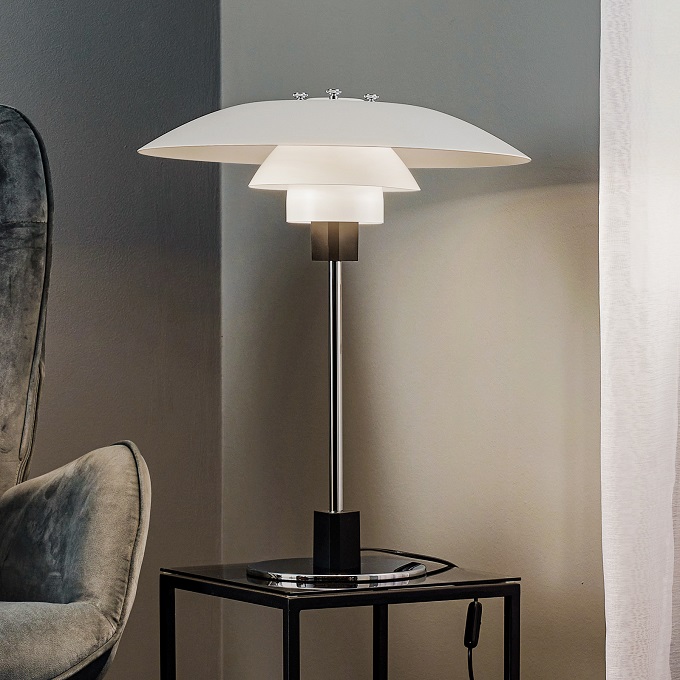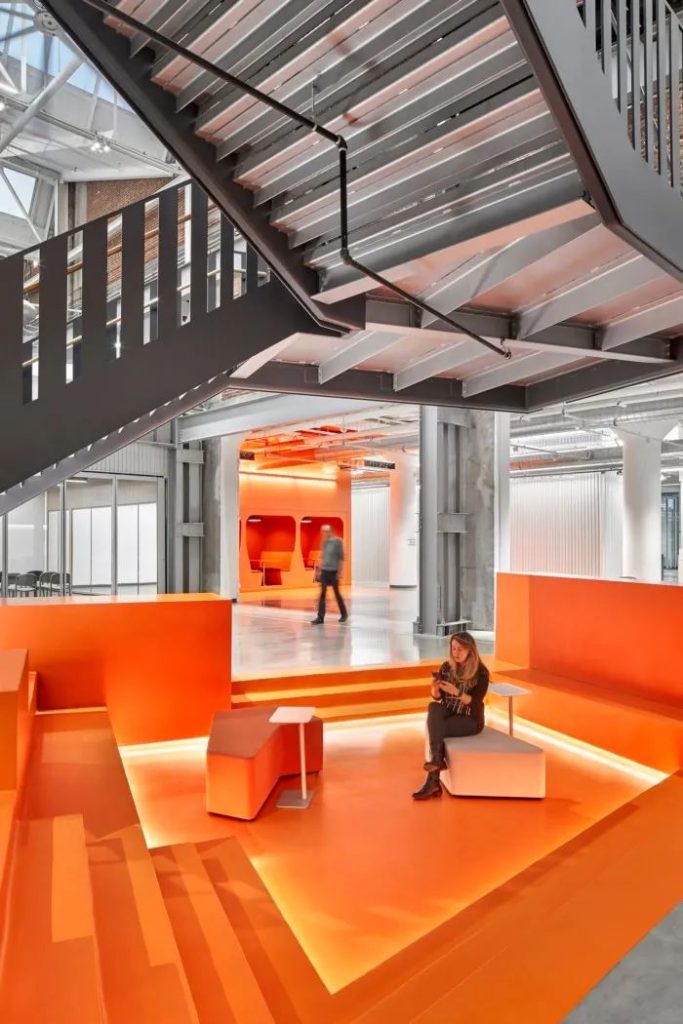Introduction
The kitchen is the heart of any home, and it’s important to have a space that’s both functional and aesthetically pleasing. One element of kitchen design that’s often overlooked is the ceiling box. This is the area on the ceiling where lighting fixtures, ventilation systems, and other utility features are installed. A well-designed kitchen ceiling box can make a big difference in the overall look and feel of your space. In this article, we’ll explore some important considerations for designing the perfect kitchen ceiling box for your home.
Considerations for Kitchen Ceiling Box Design
Function
The first consideration in designing your kitchen ceiling box is function. What features do you need to install in this space? Common kitchen ceiling box features include lighting fixtures, ventilation systems, and sound systems. You may also need to install a fan, ductwork, or other utility fixtures. Consider the size and placement of these features when designing your ceiling box.
Style
Once you’ve determined the functional requirements for your kitchen ceiling box, it’s time to consider style. Your ceiling box should complement the rest of your kitchen design. Consider the materials, colors, and finishes you want to use. Do you want a modern, sleek look or something more traditional? Will your ceiling box be visible or hidden? These design choices will help determine the appearance of your ceiling box.
Size and Proportions
The size and proportions of your kitchen ceiling box are important considerations. The box should be proportional to the size of your kitchen and positioned in a central location. Ideally, your ceiling box should span the entire length of your kitchen and be at least 8 feet high. This will ensure adequate function and visual balance.
Integration with Lighting Design
Lighting is a critical element of any kitchen design, and your ceiling box will play a key role in this. Consider the type and placement of lighting fixtures you want to install. Recessed lighting is a popular choice for kitchen ceilings, while pendant or chandelier lighting can add personality and style. Make sure your ceiling box is designed to accommodate your lighting choices.
Construction Materials
Wood
Wood is a popular choice for kitchen ceiling boxes. It’s a natural, warm material that can add character to your kitchen design. Wood is also easy to work with and can be customized to match your style preferences. However, wood may not be the best choice for kitchens with high humidity or moisture levels.
Metal
Metal is a durable and versatile material for kitchen ceiling boxes. It’s easy to clean and maintain, and can complement modern or industrial kitchen designs. Metal can also be customized with finishes such as brushed nickel or oil-rubbed bronze.
Drywall
Drywall is a cost-effective and practical choice for kitchen ceiling boxes. It can be easily installed and painted to match your kitchen design. However, drywall may not be suitable for kitchens with high moisture or humidity levels.
Conclusion
Designing a perfect kitchen ceiling box can elevate your overall kitchen design and functionality. By considering the materials, style, size, and functional requirements, you can create a space that’s both practical and visually appealing. Whether you choose wood, metal, or drywall, ensure that your ceiling box accommodates your lighting choices, fits proportionally within the space, and complements the rest of your kitchen design.
















